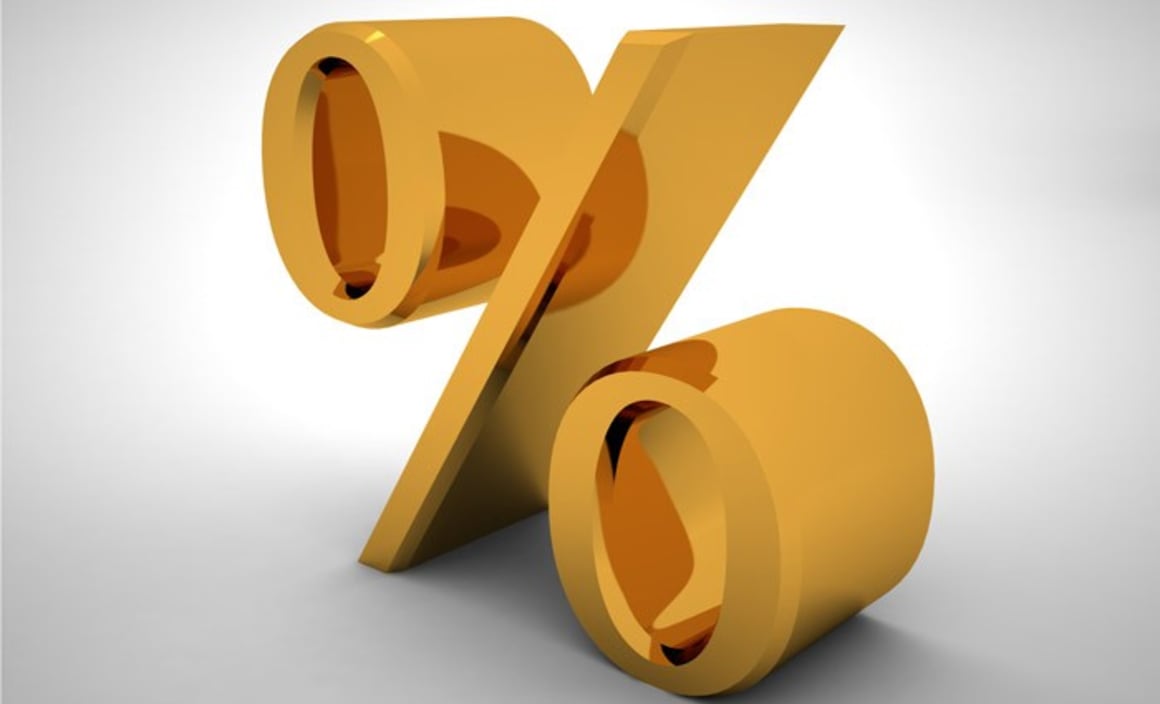Falling property prices to create headwinds for growth: Bill Evans

EXPERT OBSERVER
The Wespac Leading Index has posted a solid rebound from last month’s below trend.
Despite this, the Leading Index growth rate has still slowed materially since the start of the year, from +1.31% in February to +0.55% in July.
Over the course of the last six months the Leading Index has only dipped below zero on the one occasion which was last month. That is sending a more positive signal around the growth outlook than we are expecting at Westpac. We are expecting growth over the remainder of 2018 and into 2019 to hold slightly below trend particularly in light of an uncertain outlook for the consumer. Falling property prices; amid a slowdown in jobs growth; fading jobs confidence and high household debt are likely to create headwinds for growth.
Three components account for the bulk of the slowdown in the Leading Index growth rate over the last six months: a turnaround in the Westpac-MI Unemployment Expectations Index (–0.35ppts); reduced support from commodity price gains (–0.28ppts); and a narrowing yield spread that mainly reflects rising short term interest rates (–0.27ppts).
These drags have been partially offset by some lift in aggregate monthly hours worked (+0.22ppts); and dwelling approvals (+0.08ppts) although the momentum in both of these components remains patchy month to month. While the remaining components have seen little change since February, US industrial production has continued to provide steady support.
The Reserve Bank Board next meets on September 4. Earlier in the month the Bank released its latest Statement on Monetary Policy which provided an update of its forecasts. Of most interest was a downward revision to the Bank’s inflation forecast for 2018 from 2.25% to 1.75%. If correct that would mark five consecutive calendar years when headline inflation has printed below the bottom of the Bank’s 2–3% target band.
The Reserve Bank still expects inflation to lift to 2.25% by 2020 and anticipates that the next move in the cash rate will be up. An obvious headwind to the Bank’s plan to move inflation back into the target zone is the impact that five years of underperformance in inflation will have on households’ and firms’ expectations.
The reason why the Bank is reluctant to lower its 2–3% target range is because such a move may have a further dampening impact on inflationary expectations.
Westpac is sceptical that the Bank will be successful in lifting inflation particularly under the weight of low inflationary expectations.
In fact, yesterday Westpac extended its forecasts to now expect the bank to remain on hold in 2020. This complements its existing forecast which has the bank on hold in 2018 and 2019.
Bill Evans is the Chief Economist for Westpac.